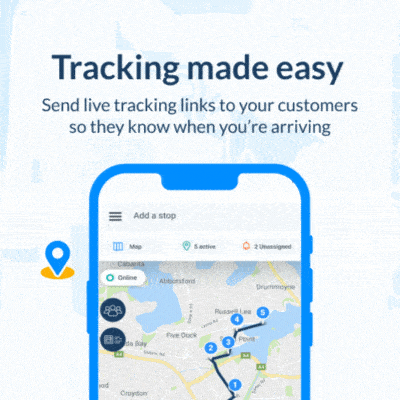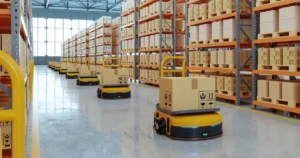“We’re still at the beginning phase of using artificial intelligence technology in pricing. Many companies are not ready yet to use it to its full extent,” says Sara-Marie Gansert, Solution Strategist at Pricefx. Gansert is a seasoned pricing professional helping companies reach profitability through strategic approaches. She addressed a World Pricing virtual event hosted by software company Prisync, based in Türkiye, at the weekend.
Tim Smith, an adjunct professor of marketing and economics at DePaul University in Chicago, shared his expertise as a pricing expert. “Now that we are coming out of high inflation, we are heading into what could be a recession. This upcoming business cycle will put pressure on businesses to distinguish their pricing capabilities, both in terms of software and peopleware. We are looking at a monumental change over the next five years.”
Smith and Gansert agree that “data is invaluable without context,” no matter what type of artificial intelligence you use. “It’s not enough just to throw data at a machine or algorithm and expect the perfect answer to get out. You need someone to put it in context,” says Gansert.
Many companies are still hesitant to use AI in their pricing strategy. Gansert says companies should focus on educating themselves and learning more about AI and to what extent the company is willing to use technology for pricing.
Saving time
Figuring out the best price for a product and when to increase it or mark it down can be daunting. Doing it manually is already “complex”; you need to be supported by proper data.
Gansert says this is where technology can make it easier. “You can use data machine learning to get on top of your data. It tries to simulate every single price point, every single transaction that would be possible in your scope, that you have set to then come up with the best outcome. It can also recommend every part of the pricing process that you need to do to get to that perfect optimum price defined on your targets.”
Competitors playing catchup
With the help of AI, a company can reach a point where “it’s really hard for your competition to catch up” with you, says Gansert. Using Excel spreadsheets for basic pricing data is fine, but she has now noticed many businesses are moving away from this method. “Most companies realize it is not scalable and cannot be the future. Moving away from Excel to a proper software solution is the first step to go to, maybe in the future, be able to apply AI as part of your pricing strategy.”
Influencing AI data
Smith, the author of two books called Pricing Done Right and Pricing Strategy, says you can’t let AI do the work on its own.
He believes ChatGPT has “hallucinations” and “it makes up stuff”; therefore, AI must be applied responsibly. “When applying AI in pricing, you have to have a human. Humans have to interact with the data and make the decisions. It’s not just simply an automation.”
Smith wants executives to realize they have control over pricing. “It’s a decision they can control. Too often, when I talk to finance people, they take pricing as something designed by the invisible hands of the market.”
Context matters, and in the pricing industry, this is vital. “A challenge we currently also see is that there’s this problem with having trust in the outcome of those algorithms or those calculations,” says Gansert. “That’s because we have a lack of transparency as well. You have many engines that will calculate something based on the data you put in. But you don’t see how you get to that.”
The game is changing for e-commerce and any business owner. A few years ago, the competition was around using your data optimally in spreadsheets. “In the upcoming years, you will see who is [engaging] their pricing, strategies, software, and people and who is not.”
About the author
Mia is a multi-award-winning journalist. She has more than 14 years of experience in mainstream media. She's covered many historic moments that happened in Africa and internationally. She has a strong focus on human interest stories, to bring her readers and viewers closer to the topics at hand.














